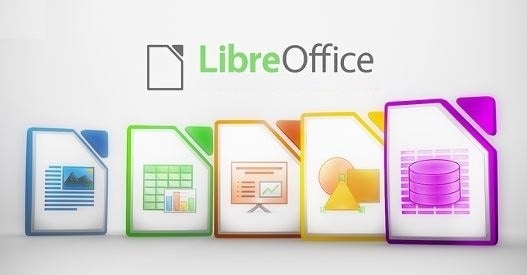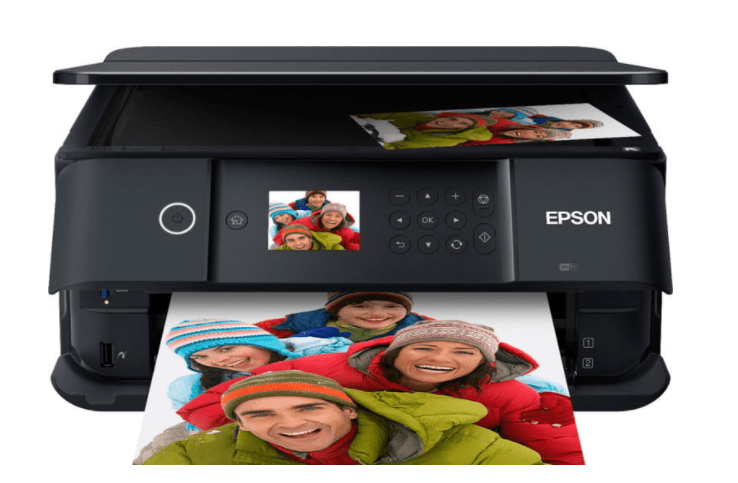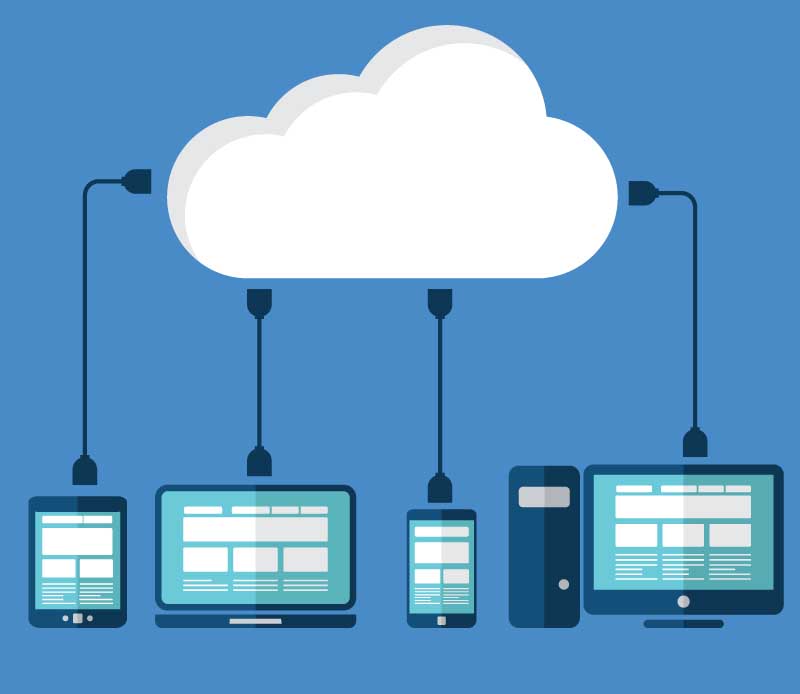Unless you’ve been in the paper and printing business for a while, you might be one of many consumers who are confused about the distinction between a toner cartridge and ink cartridges.
Many people also believe that ink is used in all printers and that toner is only used in copiers, which is not true. But, no worries. You’ve come to the right place.

Keep on reading for our full breakdown of how a toner cartridge works. We’ll also highlight the distinctions between a toner cartridge and an ink one.
Toner Cartridge 101: The Basics
In a nutshell, inkjet printers utilize ink cartridges, whereas laser printers use toner cartridges.
When it comes down to the basics, toner is a dry, powdery substance that does not stain like ink cartridges, but it may become messy if not handled properly. To print in monochrome, monochrome laser printers require a single black cartridge.
Black, cyan, magenta, and yellow toner cartridges are available for color laser printers.
Now, you should also be acquainted with the drum unit.
Since without it, you won’t be able to print. The drum and the toner cartridge work together to fuse the toner powder to the paper. Depending on your printer’s consumable needs, a drum unit may be integrated inside the toner cartridge or supplied separately as a single unit.
Although toner cartridges with such a built-in drum unit are more costly than single toner cartridges, most customers prefer them since they eliminate the need to replace the drum. You’re basically changing the drum every time you purchase a fresh toner. Separate drum units may usually be changed after 3-4 toners have been used.
Ink Cartridge: For Pigments and Dyes
There are dye-based and pigment-based ink cartridges for different printers. The majority of inkjet printers on the market utilize dye-based inks.
Pigment-based inks are more costly and have a worse print quality, while dye-based inks are less expensive. Dye-based inks really aren’t waterproof and are prone to smearing, and many prints begin to fade after 25 years if they are not properly cured before use. It’s easier to work with and dries quicker than dye-based ink since pigmented ink is made from pigments.
Experienced photographers and graphic designers like it for its ability to produce archival-quality pictures and text. Pigment ink also has a higher resistance to water and UV light than dye-based ink and may last up to 200 years without fading.
You can also read: How to Download and Install Epson Printer Driver for Windows 10
Configurations for Ink Supply and Cartridges
Most inkjet printers come with two or four cartridges altogether for their ink supply. One cartridge for black ink and either three separate color cartridges (cyan, magenta, and yellow) or a single tri-color cartridge are always available.
Each time it prints, the tri-color cartridge mixes all three inks for clarity that rivals that of specialized color cartridges. In smaller printer designs, tri-color cartridges may be more convenient and save space.
When opposed to purchasing three individual color cartridges, they also save you some money. However, they’re inefficient since you have to change the whole cartridge if one color runs out.
The Different Benefits of Toner Printing
Now, you’ve gotten a better idea about what makes a toner cartridge tick in comparison with a more traditional ink cartridge.
As we go on, let’s look at the benefits of printer toner.
Inexpensive for Printing in Large Quantities
Printer toner and laser printers’ most significant benefits are their reduced waste and decreased recurrent supply costs.
Initially, laser printers are more costly than inkjet printers. However, the total savings come down to the following: Which is better for printing: toner or ink?
Toner powder, on the other hand, is considerably less costly in the long run than printing supplies like ink. Due to the fact that inkjet cartridges frequently need users to replenish or replace them before they are fully exhausted, this increases efficiency while also reducing waste.
So, laser printers are best for lengthy papers or drafts, whereas inkjets can handle almost every other task you throw at it.
A tiny HP LaserJet printer and an even smaller inkjet printer are a fantastic combination for businesses or professionals that often have a variety of unanticipated printing requirements.
Improved Print Quality With More Accuracy
While inkjet printers may still produce high-quality prints with pinpoint accuracy, laser printers’ use of laser toner and technology offers better dependability.
Toner, on the other hand, does not have the same bleed and smudge risks as ink. As a result, while working on larger print jobs, you’ll be able to count on more consistency and superior quality.
Printing at a Faster Rate
Another reason toner printers are used for high-volume printing is their speed advantage over inkjet printers.
The savings on printing materials is only one benefit of using them. But, they also print at a fast enough pace that you won’t have to wait while they handle large tasks.
There are several printers on the market that can print at rates as high as 50 pages per minute. With speeds up to 40 sheets per minute, even the low-cost HP LaserJet Pro M402dne is capable.
You’ll want to grab high-quality toners to take advantage of all of these perks. You can check out PremiumToners selection for any type of cartridge you might need.
How to Pick the Best Printer Cartridge for Your Needs?
Choosing the printer features and printing choices you want is just the beginning of the process.
First-time printer purchasers often forget about the cost of ink cartridges, which is a significant consideration. Cartridges may be very costly, as we all know. Depending on the cost-effectiveness of its cartridges, the printer you select may make or break a printing budget by the cartridge price, size, and number of pages you receive from it.
A large box store’s weekly printer sale may persuade first-time customers, but they subsequently discover that cartridge refills are twice as expensive as the printer itself.
It’s imperative that you avoid falling victim to that snare. Before making a purchase, calculate the total cost of ownership for the printer and compare it to your printing requirements and budget. We’ll show you what to watch out for.
The Page Yield
Every cartridge has a specified page yield, which is an estimate of how many pages you’ll get out of it. And every cartridge series has a distinct page yield, which is calculated using a 5 percent page coverage.
Every cartridge is submitted to ISO/IEC 24711 requirements for page yield testing in order to keep manufacturers responsible for the same high standards.
This test lets consumers compare ink cartridges based on their page yield, so they can make an informed purchasing decision.
Cartridge Sizes
Due to the fact that cartridges are available in a variety of sizes, page yields vary.
Toner cartridges with a high yield or XL capacity produce significantly more pages per cartridge than regular cartridges, making them a better buy for customers who print in large quantities often.
Customers that print just on occasion may choose to go for standard yield cartridges, which are less costly. In order to find out whether your printer supports high-yield cartridges, look at the specifications on the manufacturer’s website.
HP 63—This 190-page ink cartridge has a standard size.
It is the bigger (high-yield) model, HP 63XL, which prints 480 pages.
You can also read: How to Choose Between Ethernet Switch vs. Router
The Cost Per Page
The cost per page is the amount of money you’ll spend printing a document, calculated per page. To find out how much a printer costs per page, look at the yield of the printer’s cartridges. Long-term, higher-yielding cartridges are more cost-effective. To put this into perspective, let’s look at the cost per page of an HP ink cartridge vs a Brother toner cartridge.
A genuine HP 63 black ink cartridge with a 190-page yield costs $20.89* and is available under the HP brand. A page’s cost is determined by dividing the page yield by the ink cartridge’s price, which results in an 11-cent page cost.
At $39.89, the original HP63XL black ink cartridge has a greater cost per page than the standard HP63X black ink cartridge. Cost per page improves to 8.3 cents with 480 pages printed.
While laser toner cartridges, such as the Brother toner cartridge TN850, are more expensive, they produce many more pages per dollar. Priced at $109.99, the TN850 produces 6,000 pages at a cost of 1.8 cents for each sheet. More expensive, the TN880 ultra high-yield printer produces 12,000 pages at a cost of one cent per page.
Getting the Perfect Printer Toner: Unlocked
If you’re new to the wide world of printer toners and the variety of toner cartridge types, things can be rather overwhelming at first when you’re making a bulk purchase for your business.
Hopefully, our guide has shed some light on the intricacies of the toner cartridge, how it works, and why it’s superior to ink cartridges.
And, if you liked reading our article, then you’ll love checking out our additional tips and strategies. All of these (and much more) will be available in our business and technology sections.
Would you like to read more about Toner Cartridge-related articles? If so, we invite you to take a look at our other tech topics before you leave!










